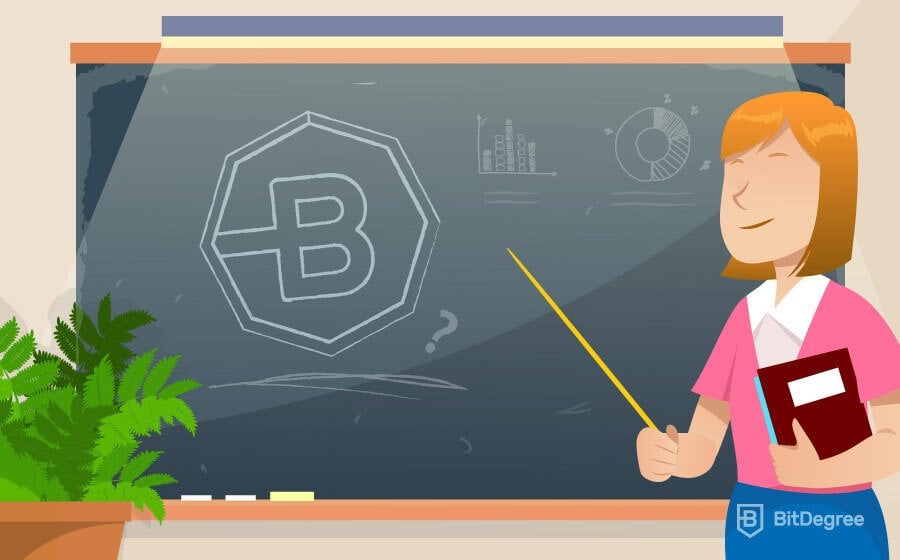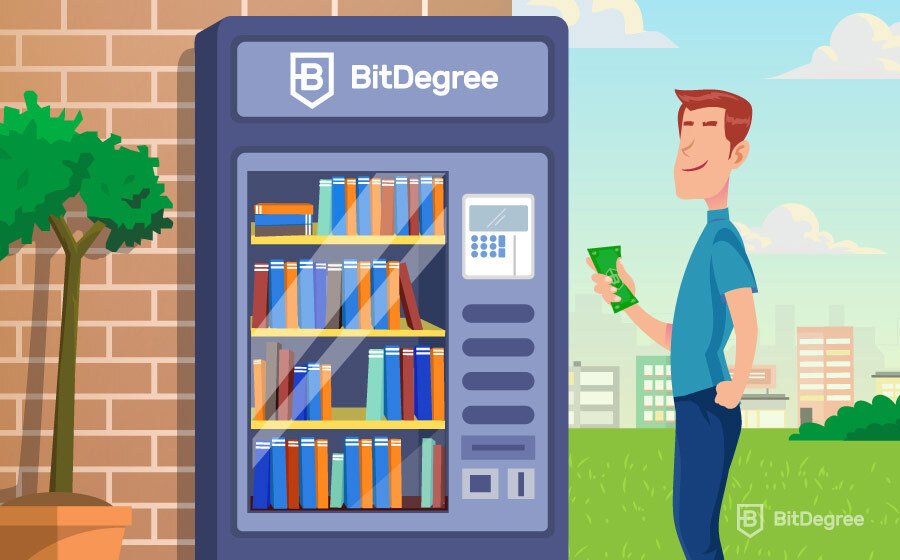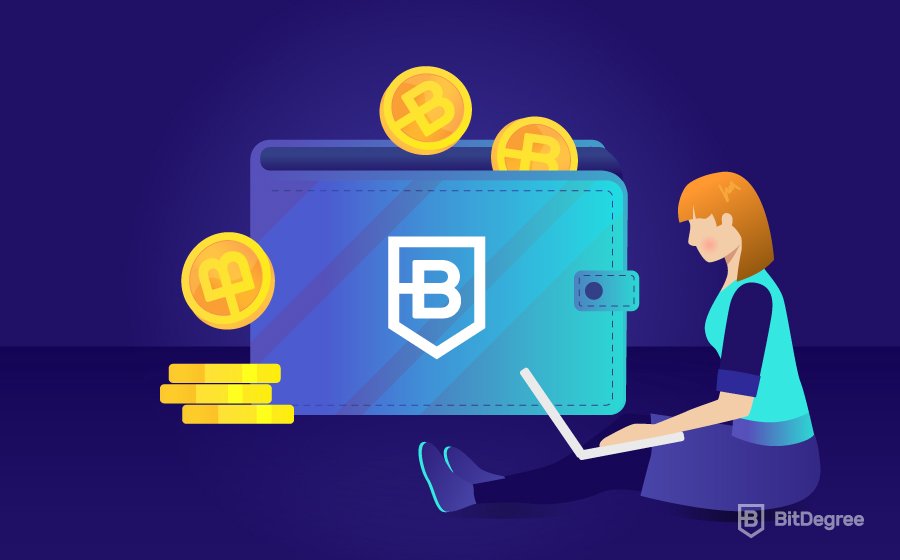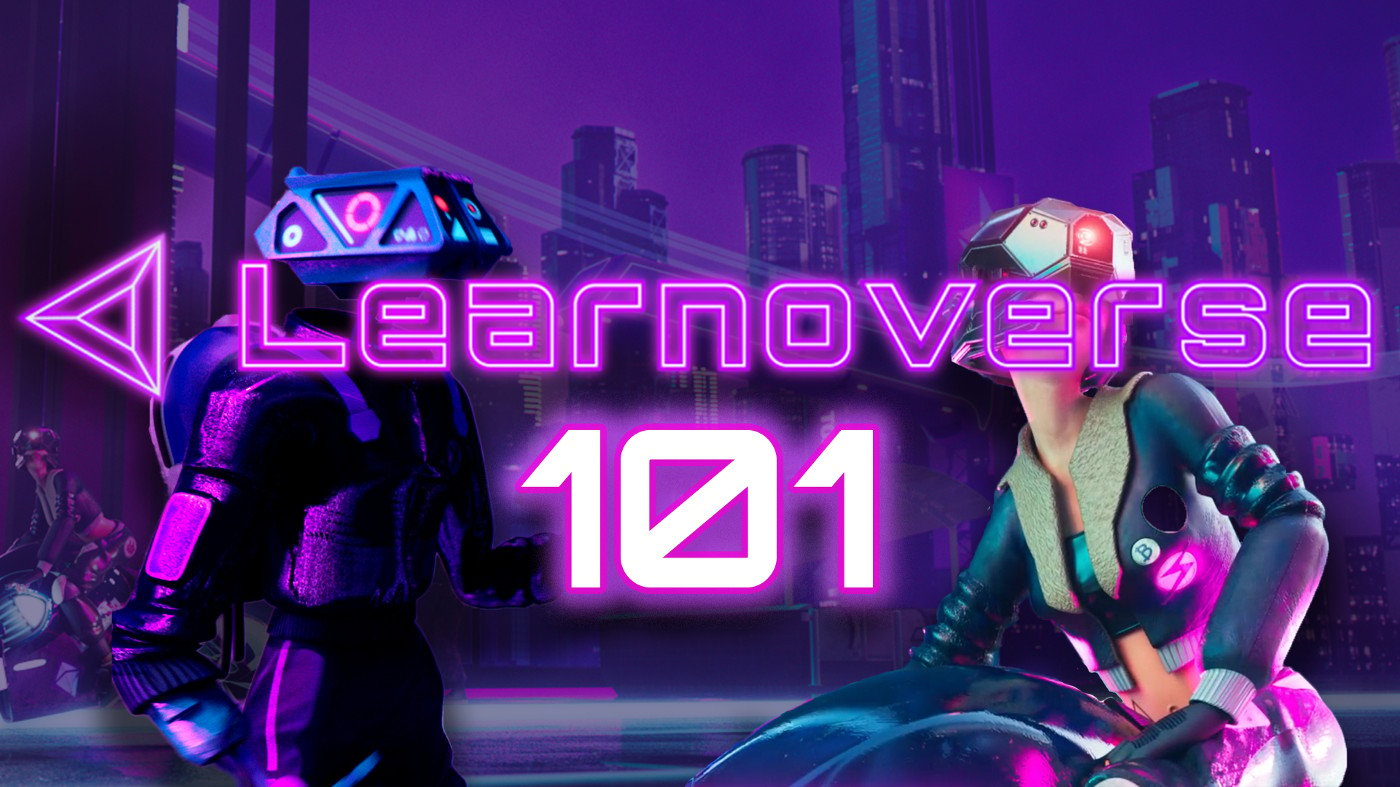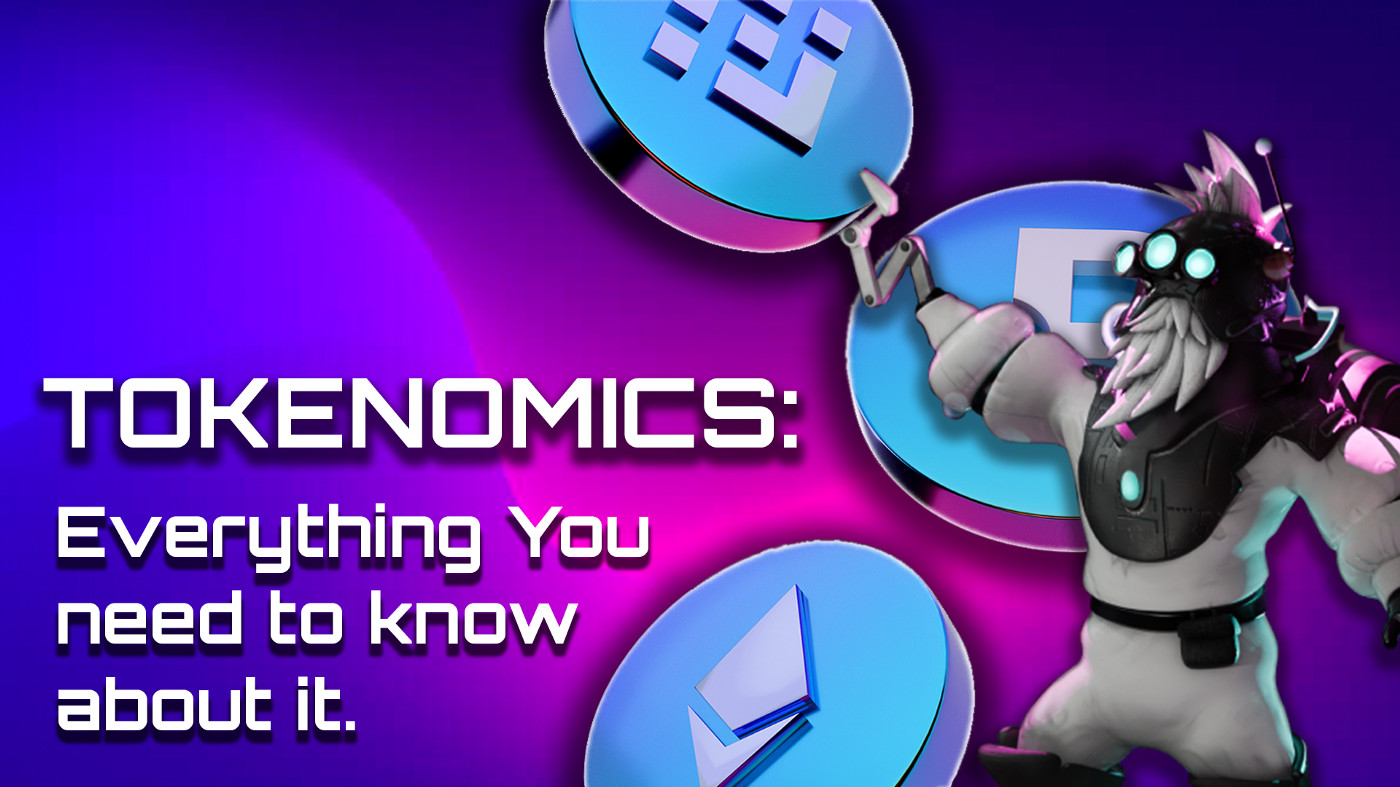Question 1: What exactly is AWS, and why should an IT professional know their way around it?
This is one of the very basic AWS interview questions that are often used as a sort of introduction to the topic. It’s also a great opportunity to demonstrate your knowledge about the current situation in the cloud computing market and the relevance of particular technologies, so use it wisely. While there’s not as much space for improvisations as with some other interview questions on AWS, there’s a big difference between showing expertise and parroting something you’ve memorized.
AWS stands for Amazon Web Services. It is a multifunctional cloud computing platform used by over a million of users worldwide, including names as huge as Netflix, Airbnb, and NASA. There are currently more than 170 services available, including but not limited to storage, databases, tools for networking, management, and analytics. Due to the variety and versatility of these products, knowing your way around AWS is not a skill that’s only useful for developers: it also comes in handy for those working in finance, management, and other positions.
Question 2: What is the difference between a region, an availability zone, and an edge location?
Some of the AWS interview questions you hear can be related to the global infrastructure of the system. To a real specialist, it’s a no-brainer – and yet, a lot of people stumble because they simply don’t know how to describe something in exact terms.
Simply told, a region defines a geographical location that has two or more availability zones and even more edge locations. An availability zone is basically a data center that houses servers and other systems required for smooth usage of the services, and edge locations are used to cache content in various locations so that it could be downloaded faster. As of 2021, there are 24 launched regions, 77 availability zones, and over 200 edge locations worldwide – moreover, there are already plans for expansion.
Wide global infrastructure means more countries can use the services, and Amazon is constantly working on improving their accessibility – however, you should also know that new services are introduced gradually and aren’t immediately available in all regions equally.
Question 3: What is geotargeting, and why should businesses use it?
It’s pretty common for AWS interview questions to build upon each other, so you shouldn’t be surprised when after demonstrating you know the AWS global infrastructure well, the recruiter asks you about the ways to use it to the company’s advantage. Geotargeting is one of the most popular location-based practices companies use – and for a good reason.
In the AWS content delivery network called CloudFront, geotargeting means displaying personalized content to audiences in different geographic locations while still using the same URL. This is important to any company that provides location-dependent services or simply wishes to adapt their content to fit the needs of their customers better. For example, suppose a special offer is only available to residents of a particular country. In that case, an e-shop could only show the relevant information to people in that exact location, and avoid puzzling their users in other countries.
Question 4: What’s S3, and what is it used for?
This is often one of the first AWS DevOps interview questions, and if you don’t really know how to answer it – you can just shake their hand and head for the door. S3, whose name stands for Simple Storage Service, is probably the best-known service of the whole AWS ecosystem, so it’s crucial to know the ins and outs of it to pass your interview.
Amazon S3 allows you to store your data and retrieve it from anywhere anytime. Your files are kept in containers called buckets, and there is no limit to how much data each of them can hold. When creating a bucket, you can choose a region in which AWS will store it, which helps manage your costs and adapt to various regulations. The data is then duplicated across multiple servers in an availability zone to maximize its safety.
Question 5: How do you optimize your spending on AWS?
We have already mentioned that knowing AWS well is a skill that’s not only relevant to the IT department in your company – and this is one of the AWS interview questions that prove it. Understanding the payment plans and billing is just as crucial for managers and finance specialists as it is for the developers.
There are multiple tools in the AWS infrastructure you could use to make sure you’re not overpaying for the services your business is currently using. First of all, there’s AWS Budgets and Cost Explorer – using them, you can analyze your spendings in the past, review cost forecasts, and plan your budget for the future. Other handy features are Cost Allocation tags and the Top Services dashboard, which allow you to keep track of your spending, recognize the services you’re paying the most for, and possibly identify money pits that don’t provide your business with a lot of tangible value.
Question 6: How many types of instances are there on EC2, and what makes them different?
Some of the interview questions about AWS can be really specific and precise. This is exactly where your expertise on the platform should shine! Don’t feel obliged to talk for hours, if the question requires a clear and concise answer – however, if you feel a more elaborate explanation is needed, make sure you cover all the bases.
There are five types of instances available on AWS EC2, and each of them is best applied in specific situations:
- General-purpose instances are best for applications that require equal amounts of computing, memory, and networking resources
- Compute-optimized instances are made for applications that require high-performance computing (e.g., gaming servers)
- Memory-optimized instances are great for workloads that include processing excessive amounts of data
- Storage-optimized instances are important for reading and writing to massive data sets on local storage
- Accelerated computing instances use co-processors (hardware accelerators) for a more efficient performance
Question 7: Why is buffer important?
This is another one of those technical AWS interview questions you might hear. Keep in mind that the ‘Why’ questions are often more revealing than the ‘What’ questions: they show the interviewee doesn’t just know about the services and products of the AWS platform – they genuinely understand them and know how and why each feature works.
When you’re using an Elastic Load Balancer for EC2, all the incoming requests get distributed equally throughout the AWS instances of various types – unfortunately, different components receive and process them in an unsynchronized manner. By synchronizing these components, a buffer can make the process immune to bursts, improve efficiency, and provide faster service for the users.
Question 8: What are the main CI/CD-related services in AWS?
To be able to answer this kind of AWS interview questions, you must first understand what exactly CI/CD means. The letters stand for Continuous Integration/Continuous Deployment, and the term itself basically means combining these two practices to ensure a fast and effective process. In AWS, there are four services that are closely related to CI/CD: CodeBuild, CodePipeline, CodeCommit, and CodeDeploy. All of them are fully managed.
CodeBuild is used to build and test code, as well as create deployment-ready software packages. CodeCommit, on the other hand, is a source control service that hosts your Git repositories. It keeps your code secure with encryption, simplifies collaborations, and provides excellent accessibility to all the members of your project team.
CodePipeline is a continuous delivery service that lets you automate release pipelines, and CodeDeploy automates software deployments. Both of these services help you prevent downtime and release new features or updates in a quick and efficient manner.
When answering AWS DevOps interview questions like this one, make sure you show not only what each service does, but also why it’s useful in practice. To make a great first impression, you need to convince the interviewer you’re capable of not only using the service but also choosing the right one from the vast selection.
Question 9: How do you choose the right load balancer on AWS?
There are currently three types of load balancers you can choose from on AWS: a classic load balancer, an application load balancer, and a network load balancer.
As the name itself implies, the classic one has the least features, so it’s now mainly used for legacy applications that run on EC2-Classic – you wouldn’t use it for a new project now, so you basically have two choices. The application load balancer is the best option for HTTP and HTTPS applications, and the network load balancer is unmatched with massive amounts of low-latency requests. They also operate at different levels of the Open Systems Interconnection (OSI) model: the former works at the 7th, and the latter – at the 4th.
Question 10: What is the main difference between horizontal and vertical scaling?
Easy scaling is one of the most important advantages of AWS for companies that pick it as their cloud service provider, so it’s important to show you understand it well as you’re answering the interview questions on AWS your potential employer has prepared.
In its essence, scaling means adding computing power to your infrastructure, and the two types define different ways of achieving that. Horizontal scaling means you add new hardware, whereas for vertical, you would simply upgrade the machines you already have. This is done by adding faster CPUs, increasing the memory or the storage capacity. However, horizontal scaling has an added benefit of distribution capability: multiple machines can deal with numerous workloads at the same time.
Before You Go
AWS interview questions and answers are no Pokémon: there is no way to catch 'em all. With an infrastructure this extensive, there are a million things a recruiter might think of, and there’s no way to cover them all in one article. However, getting to know some common examples is a great way to prepare, revise, and boost your confidence by simply understanding what’s expected from you and how that important interview is about to go.
Cloud computing is one of the strongest trends in the IT sector, and it will only become more relevant with the importance of data security and availability rising every year. Knowing your way around the AWS Cloud is going to open a lot of doors to you – but that’s only if you show your expertise. If you still feel your knowledge of AWS is somewhat lacking, feel free to take a comprehensive AWS certification training course from BitDegree Academy!
While you might not get asked the exact AWS interview questions we spoke about here, we hope we certainly gave you some valuable advice on how to demonstrate your capabilities – now go iron that shirt and get ready to make the most out of the first meeting with your future employer!


